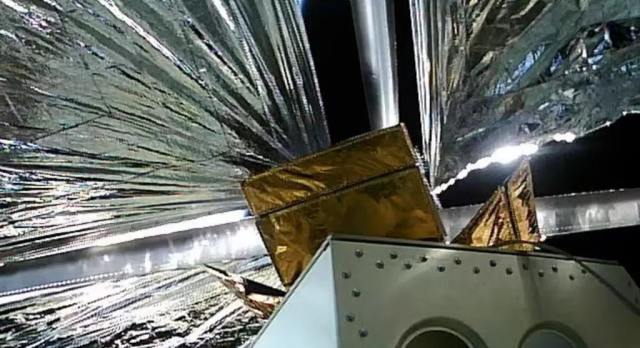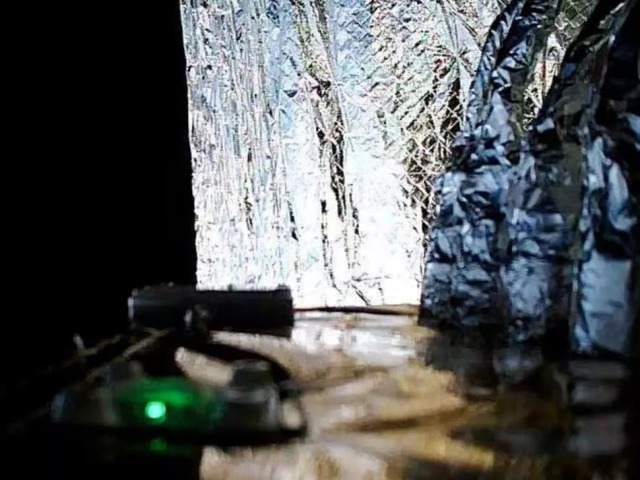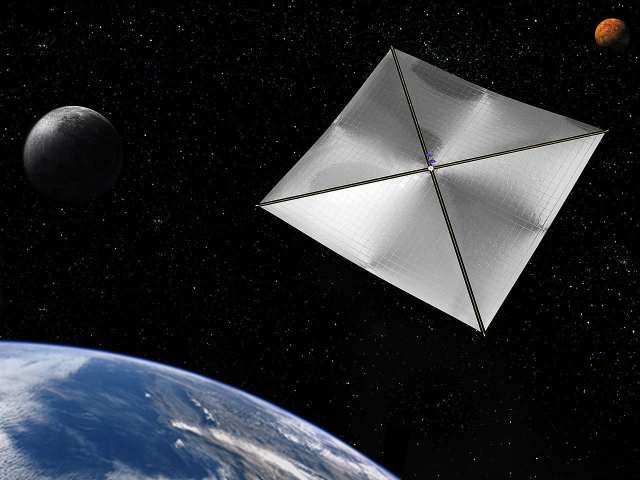The Shanghai Academy of Space Technologies reported on the beginning of a previously undeclared experiment. On the recently launched Changzheng-2D rocket, Chinese engineers placed a test device for accelerated data from the orbit of space debris — a kind of braking parachute, or sail.
As part of the 60th flight of Changzheng-2D (CZ-2D), three satellites of the Yaogan-35 series (the second group) were launched into orbit at a height of about 500 kilometers on June 23. Their purpose is officially described as devices for "conducting experiments, performing exploration of earth resources, assessing agricultural crops and tasks to reduce the negative consequences of natural disasters." In other words, these are remote sensing devices of the Earth. According to indirect data, the satellites of subseries A and B are optical reconnaissance vehicles, and subseries C are radar.
A couple of weeks after the successful launch, it turned out that the mission carried an additional payload. As the portal writes Space.com With reference to the Shanghai Academy of Space Technology (SAST), a day after the separation of the Yaogan-35 spacecraft, the deployment of the braking parachute began. It is placed on the payload adapter and consists of several foil petals on telescopic guides. The total area of the sail is about 25 square meters.

Decomposed "space sail" on the CZ-2D rocket payload adapter
Image Source: SAST
According to the calculations of the mission's engineers, the device should lead to the fact that the structure with a total mass of about 300 kilograms will enter the dense layers of the atmosphere in two years. As a control object for the experiment, the upper stage CZ-2D is used — its trajectory at the end of work is not too different from that of the payload adapter. And the latter, due to the presence of a sail, should lose altitude much faster and spend in space not the usual five to ten years for an orbit of such height, but much less.
For fans of astronautics, there is an easy way to follow the progress of the experiment. The payload adapter, on which the sail is opened, and the second stage of the rocket are tracked separately by ground control means. Their international identifiers (COSPAR ID) are 2022-068E and 2022-068D, respectively. Now the orbital parameters of both objects are approximately the same (486 by 496 kilometers and an inclination of 35 degrees), but in such a short period of time there could not be a noticeable difference. But in six months, the height of 2022-068E should be several kilometers lower.

Decomposed "space sail" on the CZ-2D rocket payload adapter
Image Source: SAST
In the following months, the decline will accelerate until the object reaches a height of 170-200 kilometers. The duration of the further existence of the payload adapter will be measured in days, maximum — weeks.
It should be noted that this is not the first experiment to accelerate the removal of man-made objects from orbit by increasing the surface area of the device. The Earth's atmosphere extends much higher than the conventional boundary of space — the Pocket line. It is extremely sparse, but it still affects any bodies orbiting the planet. The degree of this influence directly depends on the surface area of the object and its density.
For example, the International Space Station turns its giant solar panels parallel to the course at each orbit turn when entering the Earth's shadow in order to reduce braking about the atmosphere. And it still drops by about 90 meters every day, which leads to mandatory orbit corrections every few months.
Of all the ways to clean near-Earth space from man-made debris, the mechanisms for increasing the surface area of spacecraft look the most preferable. In most cases, it is cheap (both by weight and by cost of implementation), simple and reliable, and also does not require the satellite to be required to function.

